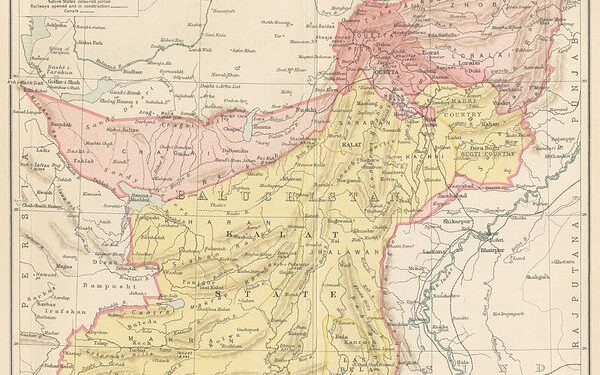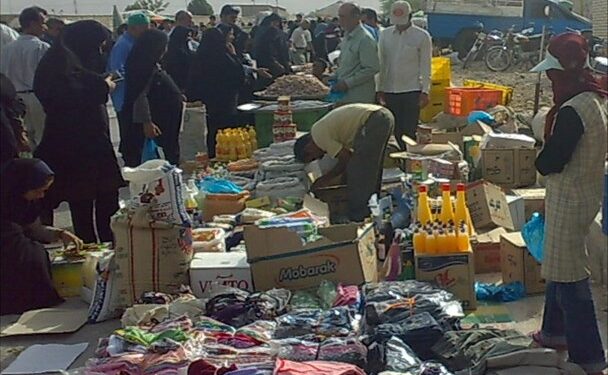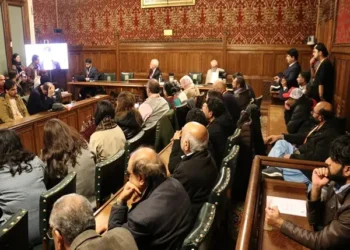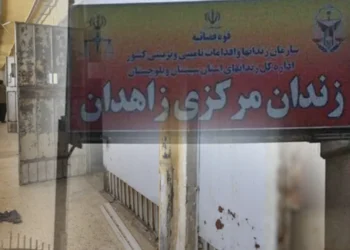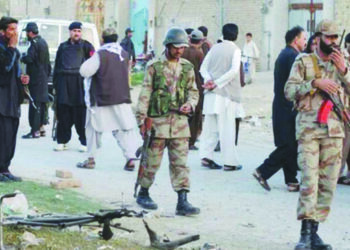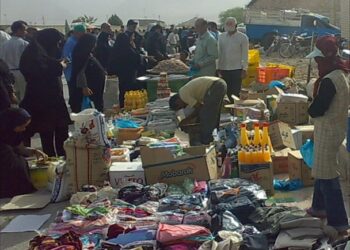No products in the cart.
Eastern Balochistan, Balochistan, also spelled Balūchistān
Elementum eu arcu. Nunc ornare arcu lacus, quis aliquet odio bibendum non. Nam vitae libero mauris. Suspendisse vitae purus ligula. Morbi sed diam eget dolor posuere convallis vel vel nisl. Nulla sagittis efficitur ex, at sodales massa pulvinar a. Nunc quis lacinia eros. Fusce ac ipsum gravida, tristique sed felis augue dictum nec consectetuer quis.
Balochistan, also spelled Balūchistān, westernmost province of Pakistan. It is bordered by Western Balūchistān, Iran (west), by Afghanistan (northwest), by Khyber Pakhtunkhwa and Punjab provinces (northeast and east), by Sindh province (southeast), and by the Makran sea (Arabian Sea) south.
Although an indigenous population of the region passed through the Stone and Bronze ages and was part of Alexander the Great’s empire, the Baloch people themselves did not enter the region until the 14th century CE. The Baloch and Brahui people constitute the two major and more distinct ethnic groups; a mixed ethnic stock, mainly of Pashtun (Pathan), forms the third major group. Balochi, Brahui are the main languages. Balochistan was established as a separate province in its present form in 1970. It is the largest and most sparsely populated province in Pakistan. Its capital is Quetta.
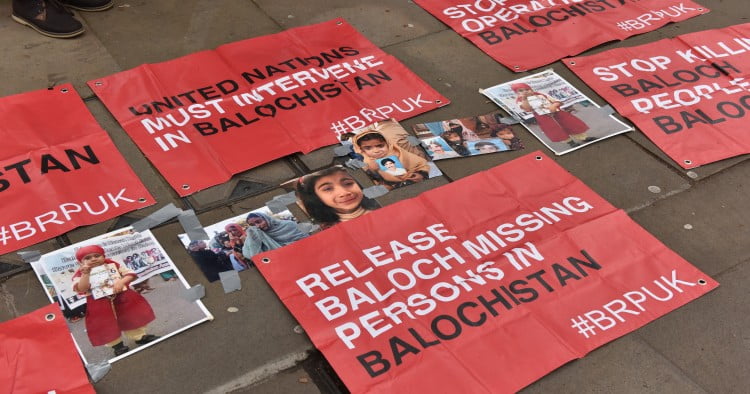
There are four major physical regions in Balochistan. The upper highlands of the central and northeastern areas are bounded by the Sulaiman Range to the east and the Toba Kakar Range to the northwest. The lower highlands include the eastern slopes of the Sulaiman Range; the lower ranges of the Makran, Kharan, and Chagai on the west; and the Pab and Kirthar ranges on the southeast. These highland regions are primarily inhabited by nomadic herdsmen. Flat plains extend northward along the coast into the mountains; in the northwest an arid desert region consists of the Chagai, Kharan, and Makran deserts and the swamps of Lora and Mashkel. The upper highlands drain into the Indus River, and the lower highlands drain northward into the swamps or southward into the Arabian Sea. Outside the influence of the Asian monsoon, most of the province is dry with continental extremes of heat and cold.
Agriculture is limited by the scarcity of water, power, and adequate transportation facilities. Wheat, jowar (sorghum), and rice are the major food crops, and fruits are the principal cash crops. Sheep raising employs the great majority of the population and occupies most of the land. The sheep provide a high-quality wool, part of which is exported. Almost all industry is small-scale; it includes cotton and woolen manufacturing, food processing, carpet making, textile and leather embroidery, small machinery and appliance manufacturing, and handicrafts. The transportation network is poorly developed, but roads connect the major towns, and Quetta is connected by road to the ocean port of Karachi in Sindh province. Quetta is a centre of the railway network, and its airport offers domestic service.
Please login to join discussion
easyComment URL is not set. Please set it in Theme Options > Post Page > Post: Comments

